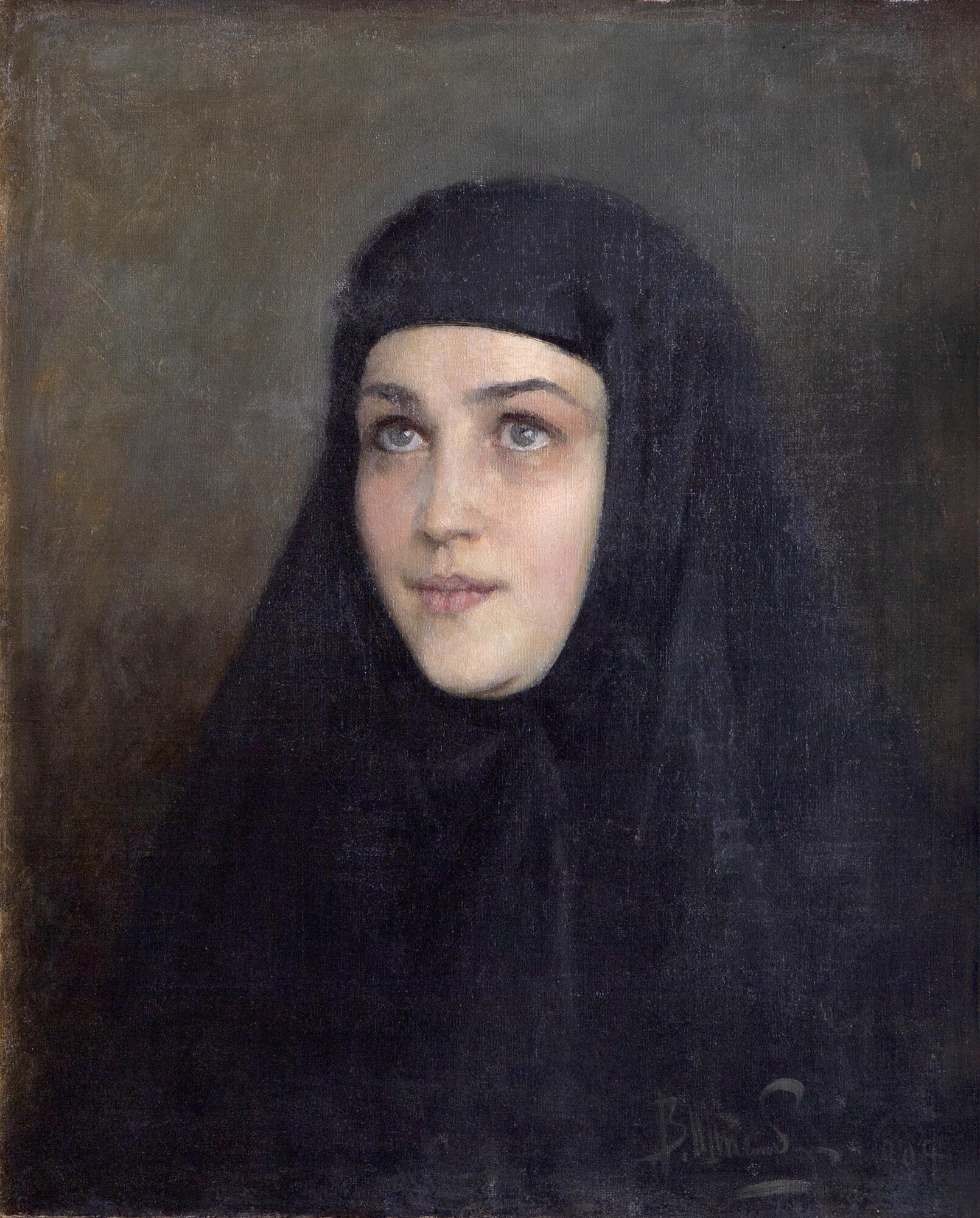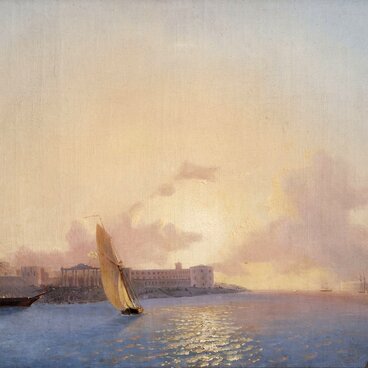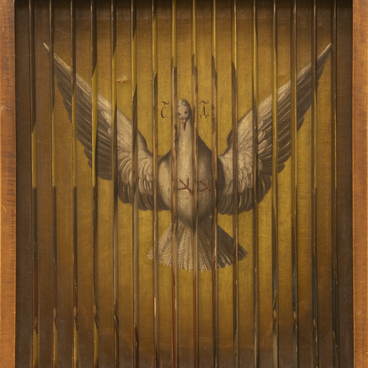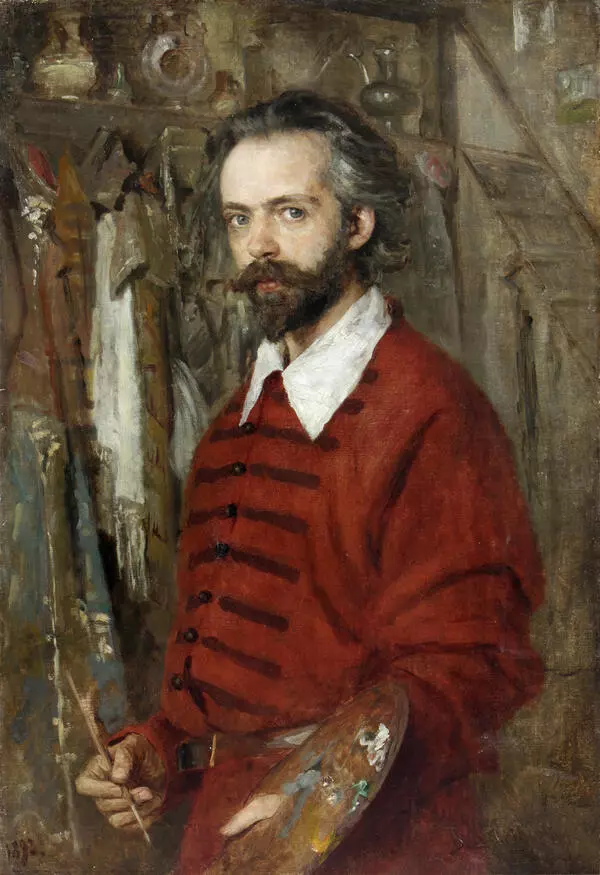The art of Viktor Karlovich Stemberg (1863–1921) was close to salon academism, which for a long time was not popular among the artists. At the same time, his high professionalism as a portrait painter was appreciated in the highest circles of society in the late 19th and early 20th centuries.
During his life, Viktor Karlovich was commisioned many works of art. His clients included members of the imperial family, as well as the Sheremetevs, the Yusupovs and other representatives of the highest nobility.
Viktor Stemberg was born in Moscow into a family of Germans who came to Russia, and studied as a freelance student at the St. Petersburg Academy of Arts, then in Moscow, at the School of Painting, Sculpture and Architecture, and then abroad — in Paris, in 1885–1887. In the early 1890s, Stemberg began teaching drawing at his own school, which he opened with the artist Leonid Osipovich Pasternak.
Viktor Karlovich participated in the Association of Traveling Art Exhibitions, in the expositions of the Society of Artists named after Arkhip Ivanovich Kuindzhi. In 1913–1914, Viktor Stemberg arranged a solo exhibition in St. Petersburg. Since 1917, the artist lived in Petrograd. After the October Revolution, he painted portraits of revolutionaries, party members, and worked on portraits of Vladimir Lenin.
Art critics noted that Viktor Karlovich painted woman’s portraits especially well, thoroughly studying the details of their clothing. The portrait of a nun from the collection of the Lipetsk Regional Museum of Local Lore is an exception when compared to the artist’s other works.
The monastic attire does not spoil the model’s beautiful young face. On the contrary, it helps the artist to focus on revealing her inner world and emphasizing the spirituality of her nature.
The look of the nun is full of faith and hope, it is directed to heaven. A restrained half-smile shows the strength of her feelings — they are hidden deep inside and cannot be expressed in a free form due to the life path that the sitter has chosen. The color scheme of the picture seems to lead our eyes from bottom to top, from dark to light.
During his life, Viktor Karlovich was commisioned many works of art. His clients included members of the imperial family, as well as the Sheremetevs, the Yusupovs and other representatives of the highest nobility.
Viktor Stemberg was born in Moscow into a family of Germans who came to Russia, and studied as a freelance student at the St. Petersburg Academy of Arts, then in Moscow, at the School of Painting, Sculpture and Architecture, and then abroad — in Paris, in 1885–1887. In the early 1890s, Stemberg began teaching drawing at his own school, which he opened with the artist Leonid Osipovich Pasternak.
Viktor Karlovich participated in the Association of Traveling Art Exhibitions, in the expositions of the Society of Artists named after Arkhip Ivanovich Kuindzhi. In 1913–1914, Viktor Stemberg arranged a solo exhibition in St. Petersburg. Since 1917, the artist lived in Petrograd. After the October Revolution, he painted portraits of revolutionaries, party members, and worked on portraits of Vladimir Lenin.
Art critics noted that Viktor Karlovich painted woman’s portraits especially well, thoroughly studying the details of their clothing. The portrait of a nun from the collection of the Lipetsk Regional Museum of Local Lore is an exception when compared to the artist’s other works.
The monastic attire does not spoil the model’s beautiful young face. On the contrary, it helps the artist to focus on revealing her inner world and emphasizing the spirituality of her nature.
The look of the nun is full of faith and hope, it is directed to heaven. A restrained half-smile shows the strength of her feelings — they are hidden deep inside and cannot be expressed in a free form due to the life path that the sitter has chosen. The color scheme of the picture seems to lead our eyes from bottom to top, from dark to light.



